Seven Pieces in Twentieth-Century Styles
 Instant Download
Instant Download
Details
Description
SKU: A0.972635
Composed by James Siddons. 20th Century,Contemporary,Ragtime,Standards. Score. 10 pages. James Siddons Music and Writings #3022927. Published by James Siddons Music and Writings (A0.972635).These seven short pieces were composed in the early months of 1976 as imitations of some of the composers and musical styles of the early twentieth century. They were never performed or published at the time. They are useful as didactic studies for student pianists. The seven pieces are
I. Intonatione In the Whole-Tone Scale
II. Prélude and Nocturne in Modes
III. An Impression of Impressionism
IV. An Imitation of Roy Harris
V. Adding Chord-Tones While Shifting Meters
VI. Ragtime Bitonality
VII. Diatonic Waltz
Program Notes:
The Intonatione In the Whole-Tone Scale recalls the Renaissance Italian musical form that evolved into the prèlude in later organ music, as well as the use of Italian forms in the atonal music of Arnold Schoenberg, and some neo-Baroque composers of the twentieth century. In contrast, the whole-tone scale is reminiscent of generally tonal composers, including Debussy.
The Martial Prèlude and Nocturne in Modes recalls the many pre-twentieth century pairings of preludes with fugues and other forms. The pairing with a nocturne evokes an air of Romanticism. The Martial Prèlude is a march-like fanfare, in Lydian mode on C. The Chopinesque Nocturne is in Phrygian mode, on E flat.
An Impression of Impressionism evokes some of Debussy’s Preludes pour Piano, including a suggestive title at the bottom of the page, as Debussy himself did. For the young pianist aiming to master the works of Debussy, the arpeggio patterns, block chords, and sequential motives will prove helpful as introductory exercises.
An Imitation of Roy Harris was inspired by the occasion in 1976 when James Siddons heard Roy Harris speaking in person about his compositions. Siddons was impressed by Harris’ youth in Oklahoma, and how the solidity of American rural life shaped Harris’ symphonic music. When taking questions at the end of the lecture, a young composer asked Harris about his creative methods when composing music. "Well," Harris responded, "You don’t pull up a potato just to see if its growing."
Adding Chord-Tones While Shifting Meters is a technical exercise that is nonetheless fun to listen to, and fun to play. A student pianist should be asked to analyze the harmony in this piece, and to describe what "shifts" are taking place when the musical meter (as well as phrasing and rhythm patterns) change. The echoes of Stravinsky and Bartók should be apparent to the listener and pianist.
Ragtime was not regarded as art music of the same caliber as Stravinsky and Schoenberg, or even Copland and Gershwin, until the 1970s. The inclusion of ragtime in these seven pieces would not have been accepted by composers of the early twentieth century, Stravinsky excepted. Ragtime Bitonality explores how such piano music might have sounded had major composers of the 1900-1920 era taken an interest in its march-like vitality. There is even a touch of atonality!
In contrast to the powerful rhythms and juxtaposed tonal relations in much early twentieth-century music, there were works by many composers that continued familiar melodic patterns and balanced forms, offering musical relief in a turbulent era in music history. The Diatonic Waltz is offered here as a quiet, peaceful conclusion to our tour of musical styles in classical music of a century ago.
About the Composer: James Siddons is a composer and pianist as well as musicologist. His research guide to the music of Japanese composer Toru Takemitsu was published in 2001. For more information, see www.JamesSiddons.com
This product was created by a member of ArrangeMe, Hal Leonard’s global self-publishing community of independent composers, arrangers, and songwriters. ArrangeMe allows for the publication of unique arrangements of both popular titles and original compositions from a wide variety of voices and backgrounds.
Digital Downloads are downloadable sheet music files that can be viewed directly on your computer, tablet or mobile device. Once you download your digital sheet music, you can view and print it at home, school, or anywhere you want to make music, and you don’t have to be connected to the internet. Just purchase, download and play!
PLEASE NOTE: Your Digital Download will have a watermark at the bottom of each page that will include your name, purchase date and number of copies purchased. You are only authorized to print the number of copies that you have purchased. You may not digitally distribute or print more copies than purchased for use (i.e., you may not print or digitally distribute individual copies to friends or students).
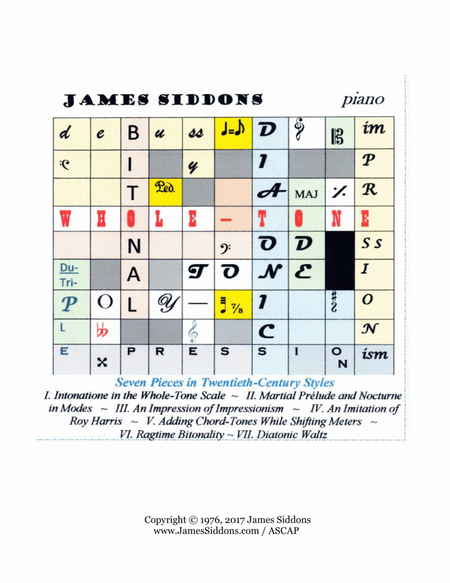
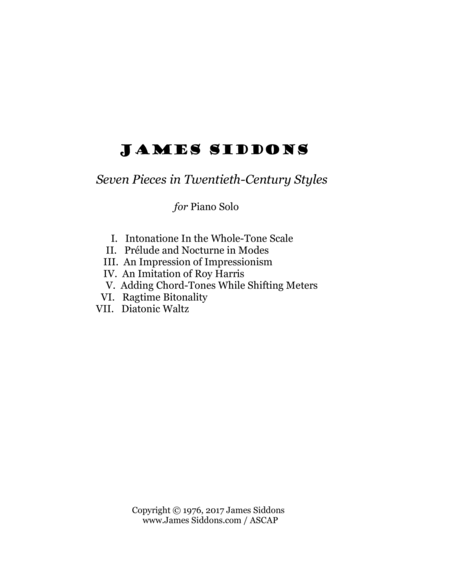
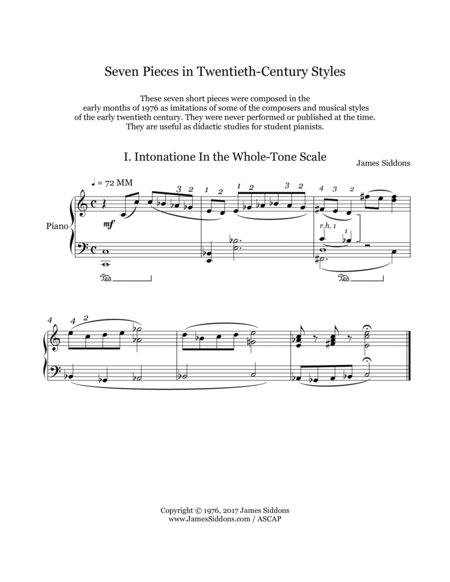
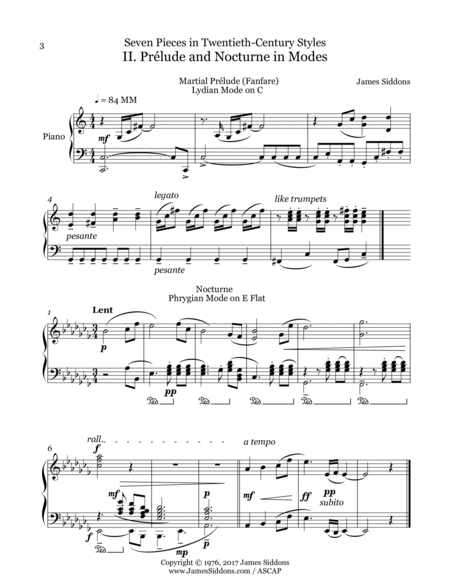
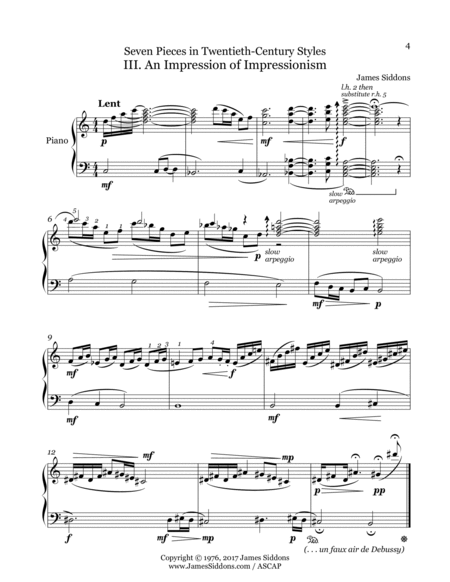
 Share
Share